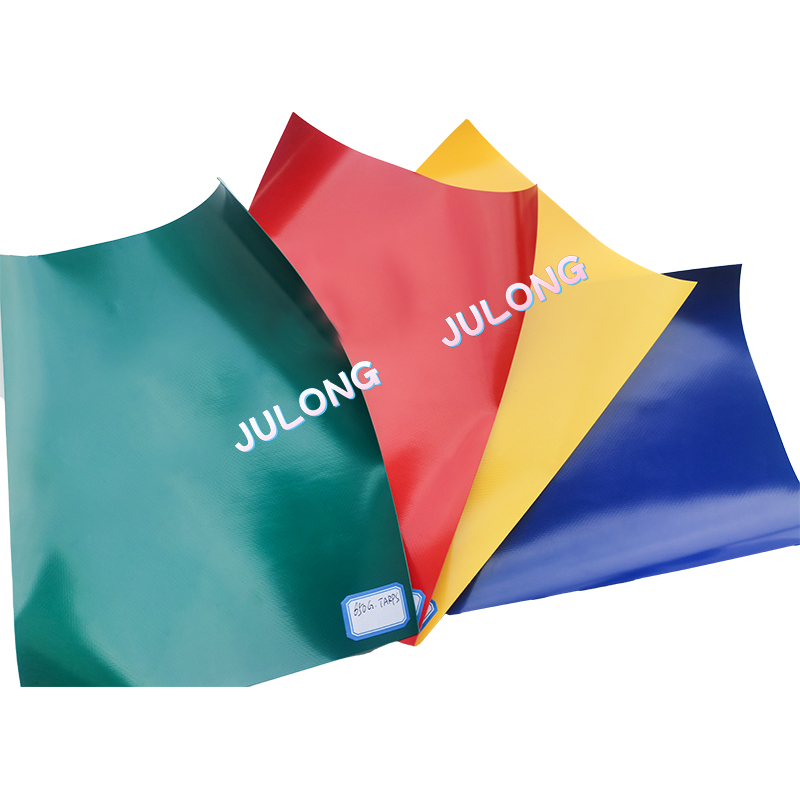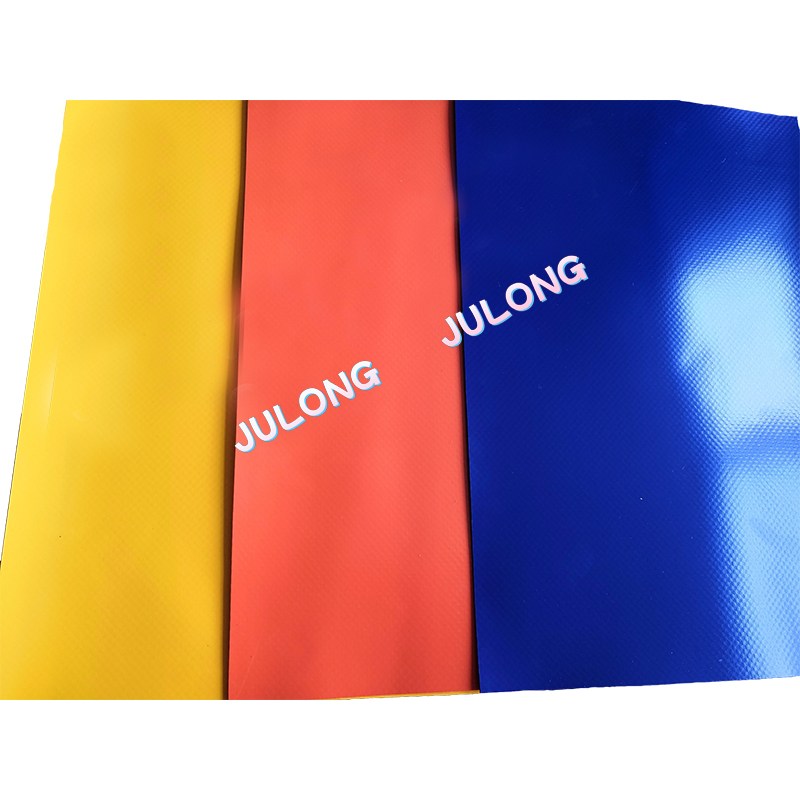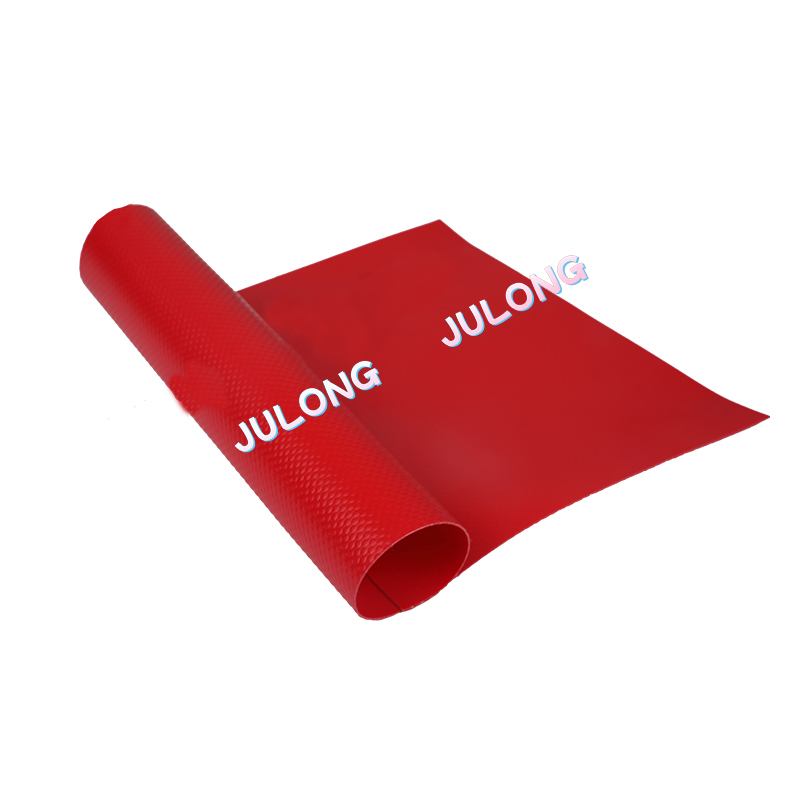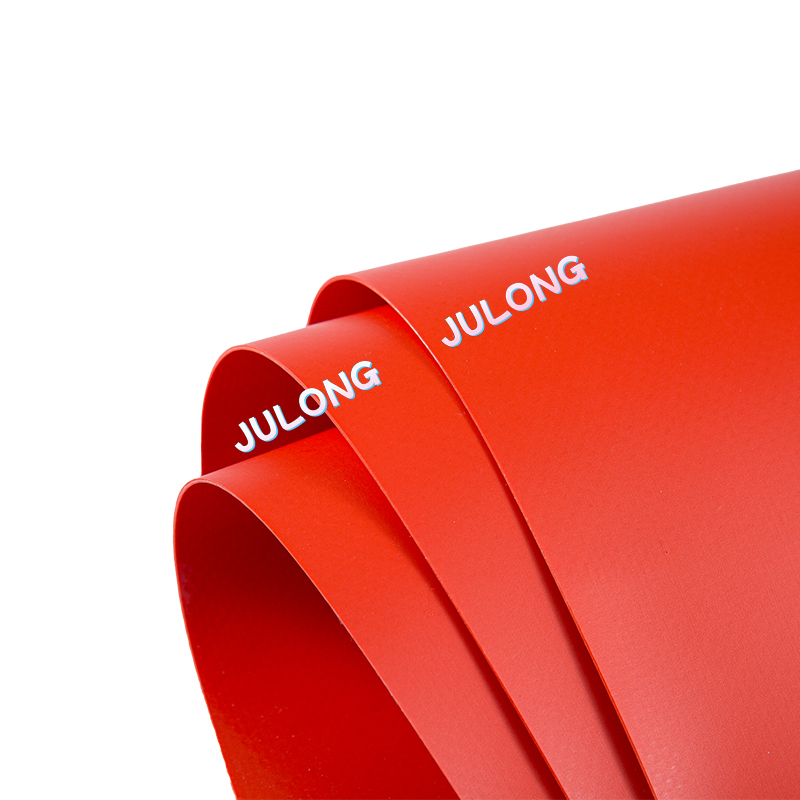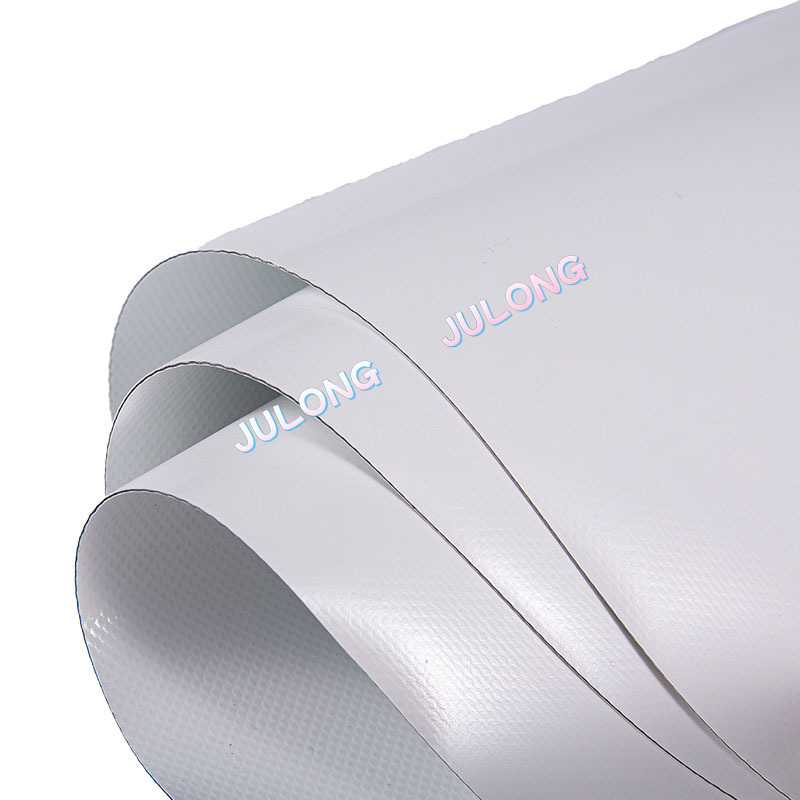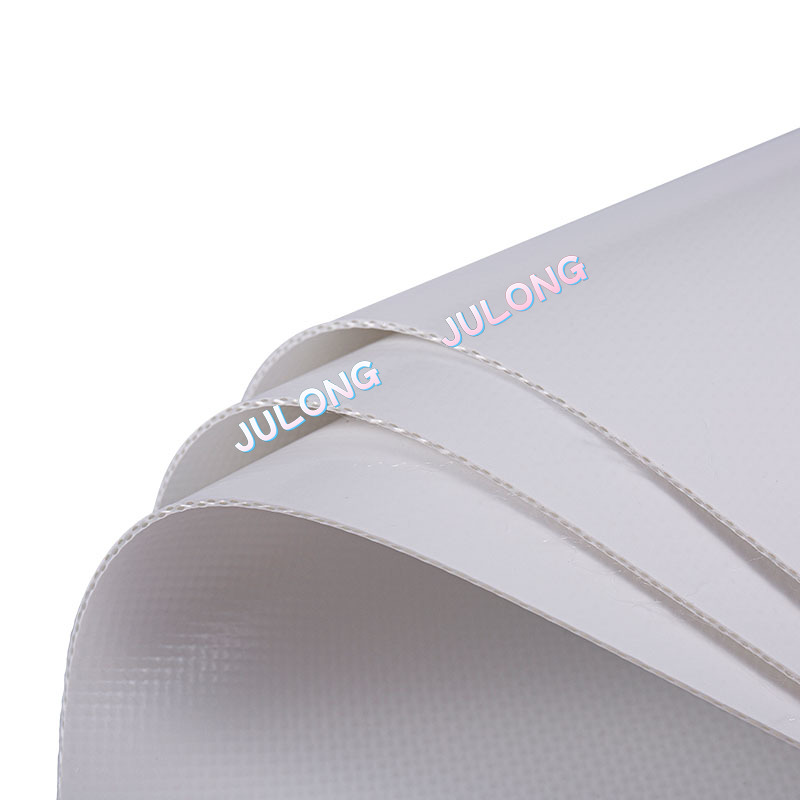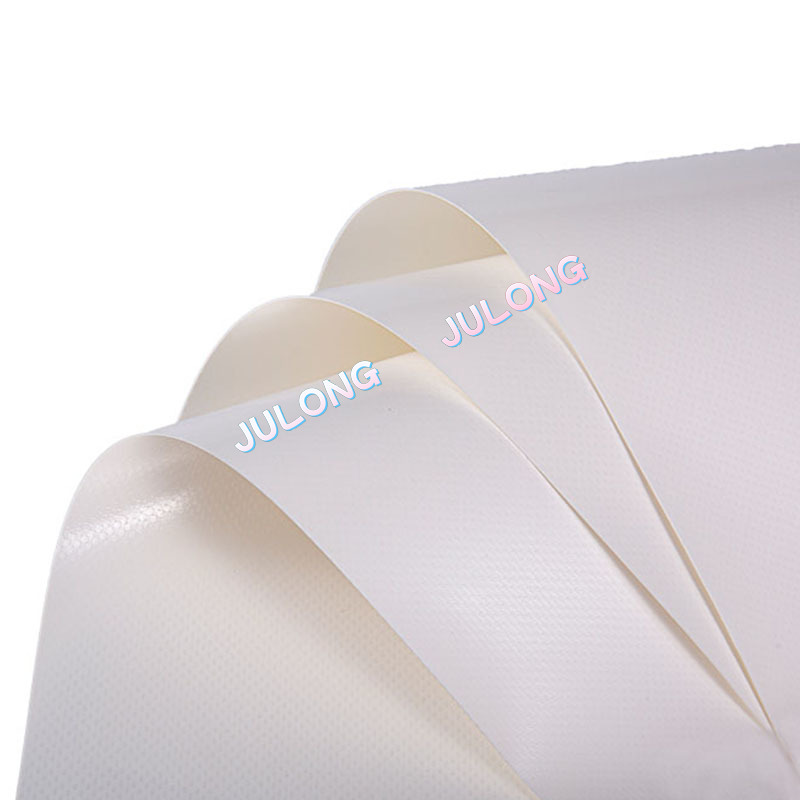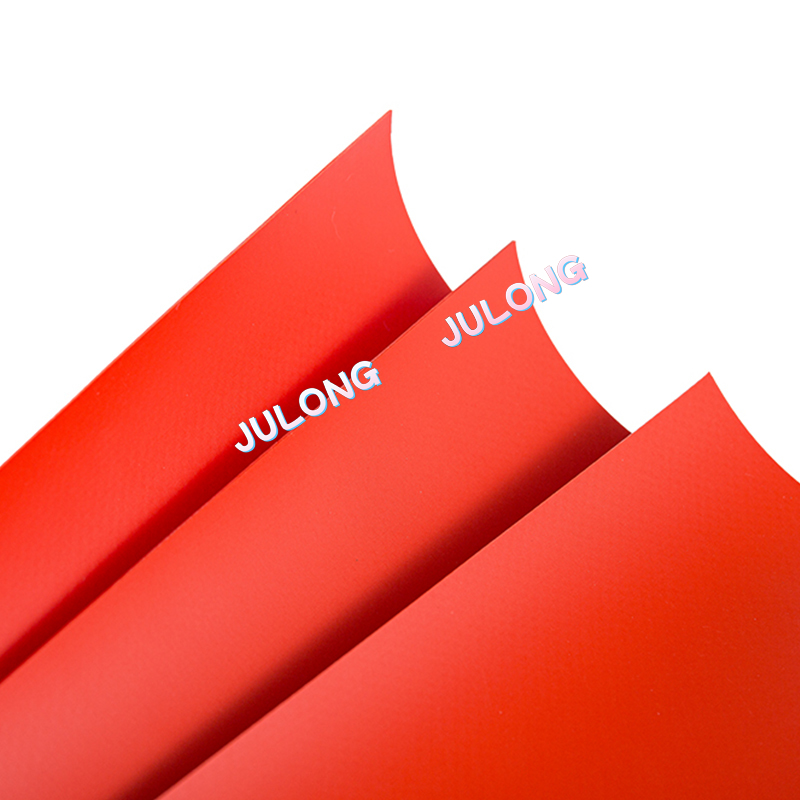Oil spills in marine, river, and industrial environments present significant ecological and economic challenges. To contain and control these spills effectively, oil isolation fences—also known as oil booms or barriers—are widely used. One of the most durable and reliable materials for these barriers is PVC coated fabric, which combines the flexibility of fabric with the chemical and weather resistance of PVC (polyvinyl chloride).
Proper installation of PVC coated fabric oil isolation fences is critical for maximizing their containment efficiency, durability, and safety. This article explores the best practices for installation, covering preparation, deployment, anchoring, maintenance, and environmental considerations to ensure optimal performance.
Understanding PVC Coated Fabric for Oil Isolation Fences
PVC coated fabric is made by bonding a PVC layer to a woven or non-woven fabric base, typically polyester. The PVC layer provides:
- Chemical resistance: Protects against oils, fuels, and many industrial chemicals.
- Waterproofing: Ensures the barrier floats and prevents leakage.
- UV and weather resistance: Extends service life in outdoor environments.
- Flexibility and tensile strength: Allows the fence to conform to water surfaces and absorb environmental forces like waves and wind.
The fabric is often reinforced with seams and additional coatings to enhance mechanical durability, making it ideal for oil spill containment in harbors, rivers, lakes, and industrial sites.
1. Pre-Installation Planning
Before deploying a PVC coated fabric oil isolation fence, careful planning is essential. Key considerations include:
Assess the Spill Area
- Determine the length and width of the water body or containment area.
- Identify potential obstacles such as boats, piers, and underwater structures.
- Evaluate water currents, tides, and wind conditions, as these affect barrier stability.
Determine the Fence Type
- Floating fences: Designed for calm to moderately turbulent water, featuring a PVC-coated float tube on top.
- Subsurface curtains: Used to contain oil below the water surface in deeper or moving waters.
- Combination systems: Include both surface and subsurface barriers for maximum containment.
Measure and Cut Material
- Cut PVC coated fabric panels to the required length, allowing for overlap at joints.
- Ensure sufficient material for connection to anchoring systems at the ends.
Pre-installation planning ensures that the oil isolation fence fits the environment and provides maximum containment efficiency.
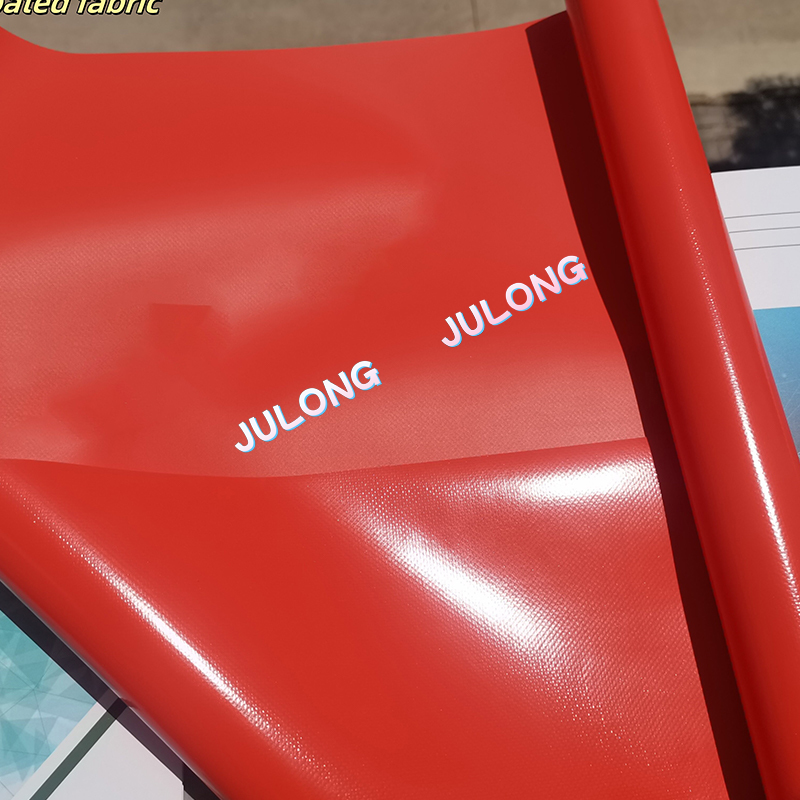
2. Material Handling and Preparation
Proper handling of PVC coated fabric is critical to prevent damage and premature failure:
- Unroll fabric carefully: Avoid dragging on rough surfaces to prevent abrasion.
- Inspect for defects: Check for holes, tears, or weak seams before installation.
- Clean and dry surfaces: Ensure no dirt, grease, or debris is present on anchoring points.
- Preassemble sections if possible: Attach floats, connectors, and ballast components on land to simplify deployment.
Handling the material properly maintains integrity and performance, reducing the risk of leaks or ruptures during use.
3. Anchoring and Securing the Fence
Anchoring is one of the most critical aspects of installation. Proper anchoring ensures that the fence remains in place under wind, wave, and current forces:
Floating Barriers
- Top floatation tube: Keeps the barrier afloat, allowing the PVC coated fabric to form a vertical curtain.
- Bottom ballast chain or tube: Ensures the barrier extends vertically in the water and resists tipping.
- Mooring points: Secure the barrier to docks, pilings, or temporary anchors.
Subsurface Curtains
- Weighted bottom edge: Maintains tension and vertical positioning.
- Attachment to floats or surface anchors: Prevents drifting due to currents.
Joint Connections
- Use strong, chemically resistant connectors to link multiple panels.
- Ensure overlap of at least 10-15 cm at joints to prevent oil leakage.
- Fasten with PVC or stainless steel hardware to resist corrosion.
Proper anchoring allows the oil isolation fence to maintain its shape and position, which is essential for effective spill containment.
4. Deployment Techniques
The method of deploying the oil isolation fence depends on the size of the spill area and environmental conditions:
Calm Water Deployment
- Roll out the PVC fabric directly from shore or a boat.
- Attach anchors progressively as the fence is unrolled.
- Ensure the bottom ballast chain is submerged to maintain vertical curtain orientation.
Open Water Deployment
- Use multiple boats: One at each end and additional boats along the barrier to guide placement.
- Deploy in stages to account for water currents and wind.
- Monitor for twisting or folding of the fabric, adjusting floats and ballast as needed.
Tensioning
- Maintain moderate tension to prevent sagging but avoid overstressing the fabric.
- Adjust anchors to compensate for tidal changes or strong currents.
Deployment techniques directly affect the effectiveness of oil containment and the longevity of the barrier.
5. Maintenance and Monitoring
Regular maintenance ensures the fence continues to function effectively during oil spill events:
- Daily inspections: Check for tears, leaks, or loose anchors.
- Cleaning: Remove debris, oil residue, and sediment accumulation from the fabric.
- Repairs: Patch small holes using PVC repair kits or heat-welded patches.
- Floatation checks: Ensure that floats remain buoyant and free from damage.
- Anchor adjustments: Reposition or tighten mooring points as necessary.
Monitoring and maintenance are critical in dynamic water environments, where environmental factors can compromise containment effectiveness.
6. Environmental and Safety Considerations
Installation should account for safety and environmental protection:
- Personnel safety: Workers should wear PPE, including gloves, life jackets, and safety boots.
- Environmental sensitivity: Minimize disturbance to aquatic life and habitats during deployment.
- Spill containment planning: Position barriers to prevent oil from reaching sensitive shorelines or marine life.
- Compliance with regulations: Follow local, national, and international standards for oil spill containment.
Safe and environmentally responsible installation ensures effective oil containment while minimizing ecological impact.
7. Common Challenges and Solutions
Even with proper installation, challenges may arise:
- Strong currents or wind: Use additional anchoring points and heavier ballast to maintain barrier position.
- Large spill areas: Deploy multiple barriers in series to cover extended lengths.
- Debris accumulation: Regularly clean and inspect barriers to prevent oil leakage caused by obstruction.
- Material fatigue: Rotate or replace sections that show signs of wear to maintain containment efficiency.
Proactive planning and monitoring help overcome these challenges, ensuring reliable performance.
8. Advantages of PVC Coated Fabric in Oil Isolation Fences
PVC coated fabric provides several benefits over alternative materials such as plain rubber, canvas, or polyethylene:
- Durability: Resists tearing, punctures, and abrasion.
- Chemical resistance: Effective against various oils, fuels, and chemicals.
- UV resistance: Withstands prolonged exposure to sunlight without degradation.
- Flexibility: Easily deployable and adaptable to water surface variations.
- Cost-effectiveness: Offers long service life with minimal maintenance.
These advantages make PVC coated fabric the preferred choice for oil isolation fences in marine and industrial environments.
Conclusion
The installation of PVC coated fabric oil isolation fences is a critical component of effective oil spill management. Proper planning, careful handling, secure anchoring, correct deployment, and regular maintenance are essential for achieving maximum containment efficiency and long-term durability.
Key best practices include:
- Pre-installation planning: Assess the spill area, determine fence type, and prepare materials.
- Material handling: Inspect, unroll, and preassemble components carefully to prevent damage.
- Anchoring and securing: Use floats, ballast, and mooring points to maintain fence stability.
- Deployment techniques: Adjust tension and orientation according to water conditions.
- Maintenance and monitoring: Inspect, clean, and repair barriers regularly.
- Environmental and safety considerations: Protect personnel and minimize ecological impact.
- Address challenges proactively: Compensate for currents, debris, and large spill areas.
By adhering to these best practices, industries can maximize the effectiveness of oil containment, reduce environmental damage, and ensure the long-term performance of PVC coated fabric oil isolation fences.


 English
English عربى
عربى